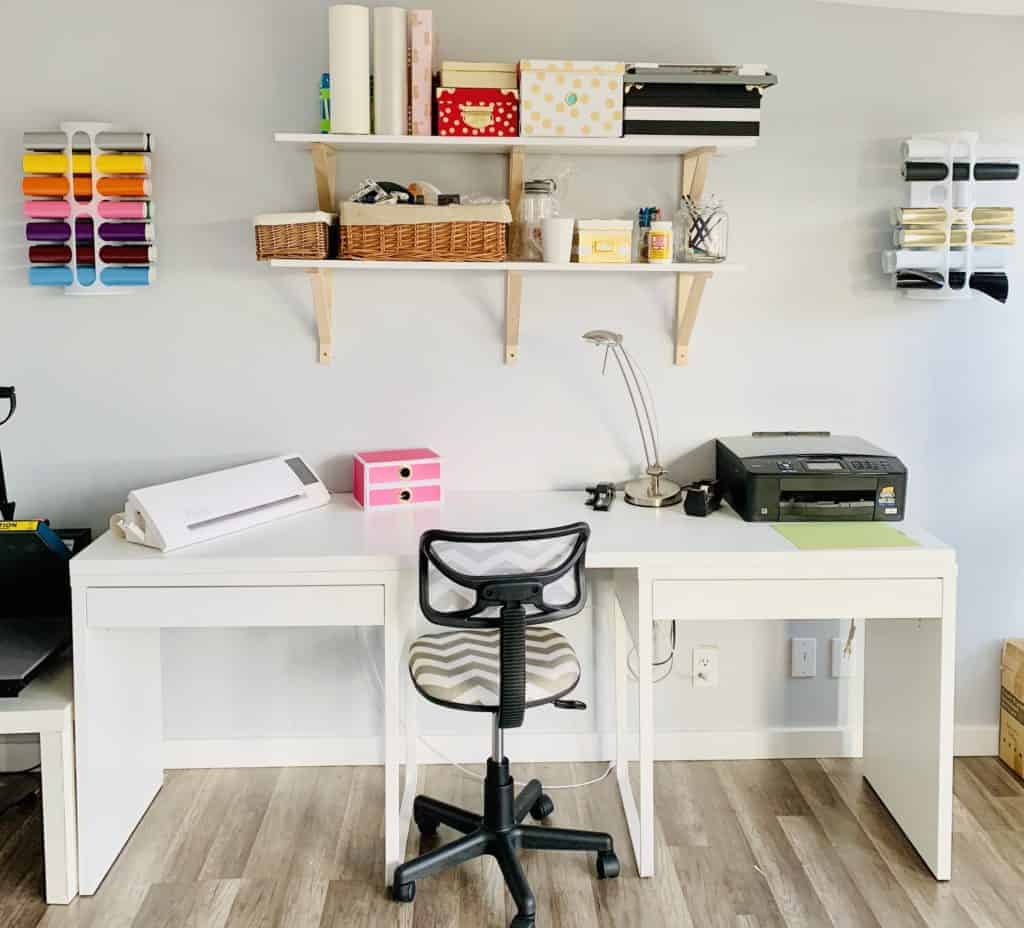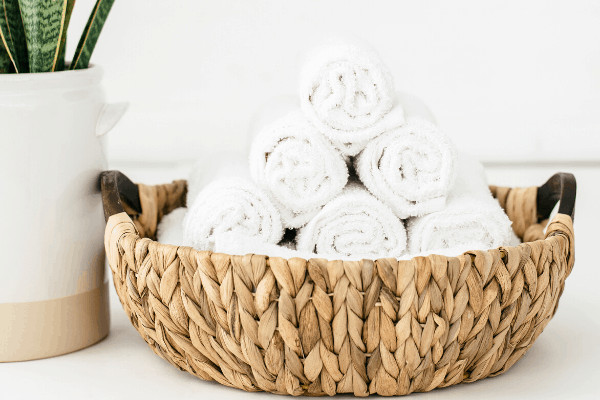Ever built something that just didn’t stay together? Maybe a chair that wobbled, a gate that wouldn’t close right, or a shelf that collapsed after a few weeks. It’s frustrating, especially when everything looks okay. But here’s the thing: the problem often isn’t with the big parts. It’s with the small ones—like the bolts.
Choosing the right bolt might seem simple, but it actually makes a huge difference. If the wrong type is used, even the strongest material can fail. That’s why bolts and other fasteners are way more important than most people think.
Why Not All Bolts Are the Same
Not every bolt is built the same, even if they look similar. Some are made for holding light things together, others for handling heavy loads or harsh weather. There are bolts for wood, metal, concrete—you name it.
Bolts also come in different grades. A high-strength bolt can take on way more pressure than a regular one. If a project is supposed to carry weight or face a lot of movement (like a swing set or a car part), using the wrong grade could make it dangerous.
That’s why pros don’t just grab the first bolt they see. They match the bolt to the job. You wouldn’t use a plastic toy wrench to fix a car. Same idea here.
To make sure you’re using the right materials, you could look into trusted suppliers such as the Newcastle Hi-Tensile Bolt Company, which offer a wide variety of fasteners for specific needs.
What Happens When You Use the Wrong One
Let’s say a heavy-duty bolt is replaced with a cheaper one because they “look about the same.” That might work for a while—but over time, the weak bolt can stretch, bend, or snap. That leads to more repairs, wasted time, or even someone getting hurt.
Rust is another issue. If a bolt isn’t treated for outdoor use and gets wet, it can corrode. When metal rusts, it loses its strength and eventually breaks apart. That’s why certain bolts are coated or made from stainless steel—to hold up better outside or in wet areas.
Also, bolts need to match the materials they’re being used with. Using the wrong thread type or length can mean the bolt doesn’t grip properly, which could make the whole structure unstable.
It’s Not Just About Holding Things Together
Bolts don’t just keep things from falling apart. They also help control movement and make sure weight is spread evenly. For example, in a bridge, the bolts have to hold huge beams in place and handle the pressure from cars, wind, and even the bridge’s own weight.
The same idea goes for machines. Bolts don’t only connect parts—they also make sure the machine doesn’t shake itself apart during use. That’s why fasteners in engines, tools, and vehicles have to be exact.
In other words, the bolt isn’t just a piece of metal. It’s part of how the whole thing works safely and smoothly.
How Builders and Mechanics Pick the Right Ones
Professionals don’t just guess which bolts to use. They look at:
- Material strength – Is the bolt strong enough for the job?
- Thread type – Does it match the nut or hole it goes into?
- Length and size – Will it hold things tight without poking out too far?
- Coating or finish – Will it rust or hold up under heat, chemicals, or water?
They might even check for specific ratings, especially in jobs that need to meet safety rules—like building construction or vehicle repair. Some bolts have markings that tell you exactly what grade and strength they are, and builders know how to read them.
That’s why using random bolts from a junk drawer doesn’t always work. It’s not about guessing. It’s about knowing what’s needed.
When Size Doesn’t Equal Strength
A bigger bolt doesn’t always mean a stronger one. Two bolts might be the same size, but one can snap under pressure while the other holds firm. That’s because strength depends on what the bolt’s made of, how it’s treated, and what it’s designed for—not just how thick it is.
In fact, using a bolt that’s too big for the job can actually cause problems. It might not fit right, or it could damage the parts it’s supposed to protect. On the other hand, a tiny but high-strength bolt might be perfect for something like a bike or power tool.
The point is: fit matters more than size.
Common Mistakes to Avoid
One mistake is reusing old bolts from other projects. Even if they look fine, they might be stretched, corroded, or not the right grade. Another mistake is mixing bolt types—like using a stainless steel bolt with a regular steel nut. That can lead to threads getting stripped or bolts getting stuck.
People also forget to tighten bolts the right way. Too loose and they don’t hold. Too tight and they can crack or break under pressure. Some bolts even need a specific tool to tighten just right (called a torque wrench).
Ignoring these small details can turn a solid build into something risky.
Why This All Matters, Even for Small Projects
You don’t need to be building a bridge for this to matter. Even simple projects like putting up a basketball hoop, building a deck, or fixing a fence can go wrong without the right fasteners. One weak bolt could make the whole thing wobble or fall.
Taking the time to pick the right bolt keeps things strong, safe, and working the way they should. It’s not just about finishing a project—it’s about doing it right the first time.
What to Remember
Bolts might be small, but they’re one of the most important parts of any build. Choosing the right one isn’t just about strength—it’s about safety, durability, and how well the project works over time.
Before starting anything, make sure to match the fastener to the job. Look at the size, strength, material, and purpose. Use trusted suppliers who know what they’re doing. And if you’re not sure, don’t guess—ask someone who knows.
When bolts are chosen carefully, everything else holds together better. Literally.





